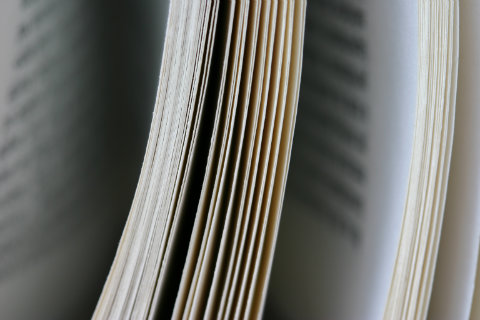When it comes to self-publishing a book many doubts and questions come to an author’s mind and one of the most common issues to take care of is the book size. It seems like a very easy and simple decision to make, but for many authors it isn’t and many of them only notice it once they are in the middle of the book production stage.
However, as soon as you decide your book trim size you will have earlier answers for some questions such as: the cost to print your book, the number of pages it may have, its thickness, a pricing idea, shipping costs etc.

Deciding the size of your book depends in part on your book genre. For example:
-
The most common sizes for novels are 5” x 8”, 5.5” x 8.5” and 6” x 9”. Generally, a 6” x 9”size is used for larger novels, because it is easier to handle. However, this always depends on the author preference. Small sizes are often used to create a unique and closer relationship between your book and its readers and it is very advisable for books of poems.
-
For short story anthologies sizes tend to be very similar: 5.25” x 8”, 5.5” x 8.5” and 6” x 9”. In the case of general non-fiction book types, the ideal sizes range from 5.5” x 8.5” to 6” x 9”, being 6” x 9” the most popular and used size because it allows enough room for tables, diagrams, lists, pull quotes etc.
-
If you are self-publishing children’s picture books you can choose sizes that range from 7” x 10” to 8” x 10”. These sizes are perfect to include illustrations, which tends to be a very important element in any children’s book.
-
If looking for publishing workbooks and art books, 8” x 10”, 8.5” x 11” and 9” x 10” are the standard sizes. These sizes are perfect for complex layout: diagrams, multiple columns etc. The larger size tends to be chosen when the book includes photography.
-
Always take into account that sizes also depend on the font size you choose. Also consider the word count. If you write a large book you should better choose a larger size. However, if your book is not that long, you should better select smaller sizes for marketing purposes.
It is always a great idea to visit some book stores in order to compare similar books to yours. You can compare sizes, prices and see which sizes and designs are more popular between readers. Take a look to your competitors’ books and make a wise decision!
